Coaxial cables also utilize jelly flooding in certain applications, though the implementation and purposes can differ from fiber optic or traditional copper cables. Let’s explore the use of jelly flooding in coaxial cables:
1. Purpose of Jelly Flooding in Coaxial Cables:
– Moisture Protection: The primary purpose is to prevent water ingress, which can severely degrade signal quality.
– Dielectric Stability: The gel helps maintain consistent dielectric properties along the cable length.
– Corrosion Prevention: It protects the metallic components (conductor and shield) from corrosion.
– Mechanical Protection: The gel provides some cushioning against physical stresses.
2. Types of Coaxial Cables Using Jelly Flooding:
– Outdoor CATV Cables: Commonly used in cable television networks.
– Submarine Coaxial Cables: Used for underwater communications and data transfer.
– Some Military and Aerospace Applications: Where environmental protection is critical.
3. Gel Compound Characteristics:
– Non-Conductive: The gel must be electrically non-conductive to maintain the cable’s properties.
– Stable Dielectric Constant: To ensure consistent signal propagation.
– Hydrophobic: To repel water and moisture effectively.
– Temperature Stable: To maintain properties across a wide temperature range.
4. Installation Considerations:
– Weight: Gel-filled coaxial cables are heavier than their air-dielectric counterparts.
– Termination: Special techniques may be required to properly terminate gel-filled coaxial cables.
– Cleaning: The gel must be thoroughly cleaned from cable ends before connector installation.
5. Performance Benefits:
– Improved Weather Resistance: Particularly important for outdoor and buried installations.
– Enhanced Electrical Stability: The gel helps maintain consistent electrical properties over time.
– Increased Lifespan: By protecting against environmental factors, gel-filled cables often last longer.
6. Challenges:
– Reduced Flexibility: The gel can make the cable less flexible, impacting installation in tight spaces.
– Higher Cost: Gel-filled coaxial cables are typically more expensive than standard versions.
– Maintenance Complexity: Repairs and modifications can be more challenging due to the gel.
7. Specific Applications:
– CATV Networks: Used in the “last mile” of cable television networks, especially in areas prone to flooding or high humidity.
– Marine Communications: Gel-filled coaxial cables are often used on ships and offshore platforms.
– Buried Systems: For direct-burial applications where moisture protection is critical.
8. Comparison to Air-Dielectric Coaxial Cables:
– Signal Loss: Gel-filled cables may have slightly higher signal loss compared to air-dielectric cables.
– Physical Size: For the same electrical properties, gel-filled cables are often larger in diameter.
– Environmental Resistance: Gel-filled cables offer superior protection against environmental factors.
9. Recent Developments:
– Improved Gel Formulations: New compounds offer better electrical properties and easier handling.
– Hybrid Designs: Some cables use partial flooding or combine gel with other water-blocking technologies.
– Eco-Friendly Options: Development of biodegradable and less harmful gel compounds.
10. Standards and Specifications:
– Various industry standards (e.g., SCTE, MIL-SPEC) define the requirements for gel-filled coaxial cables in different applications.
– These standards often specify the performance criteria for moisture resistance, electrical properties, and mechanical characteristics.
Jelly flooding in coaxial cables represents a specialized solution for environments where moisture protection and long-term stability are crucial. While not as common as in fiber optic or traditional copper cables, gel-filled coaxial cables play a vital role in specific applications where environmental protection is paramount.
Would you like more information on any particular aspect of jelly flooding in coaxial cables? Download Cable Jelly catalog

This is Kamran Malekian working in the petroleum jelly manufacturing industry for Navid Noor Company since 2013 I am eager to make content in this industry and have a good impact on professional users and people using cosmetic and pharmaceutical products.
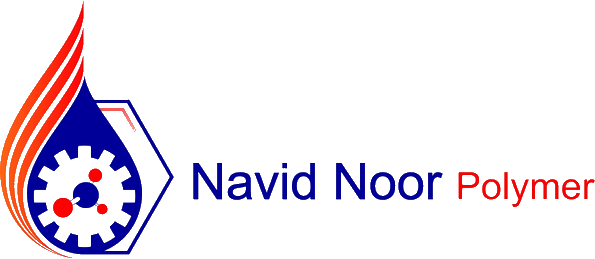
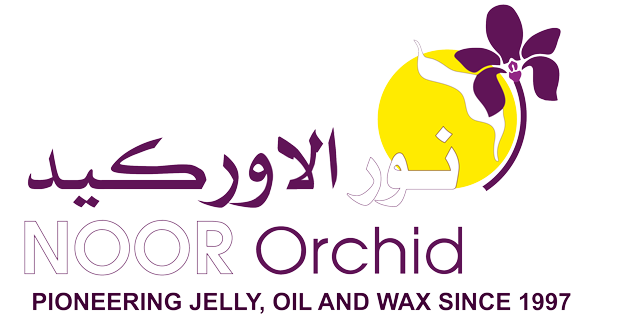





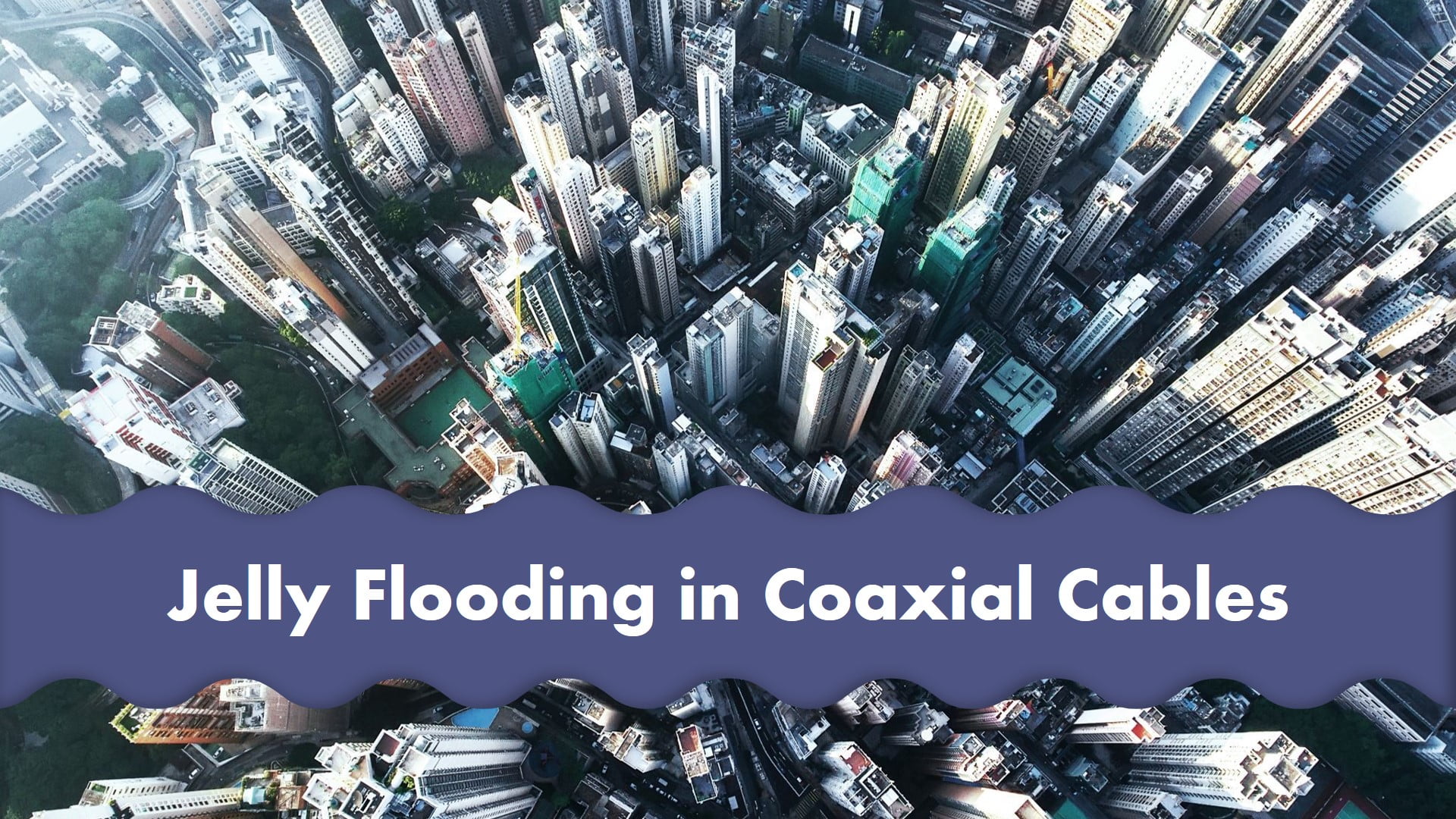
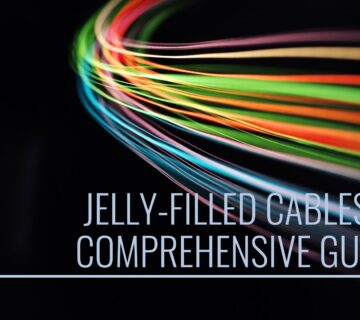

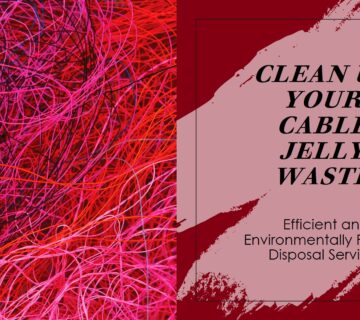
No comment